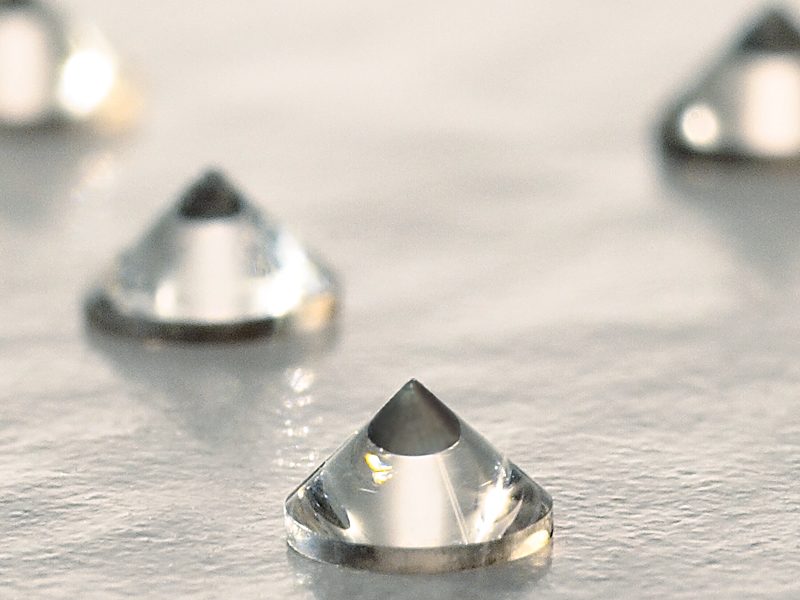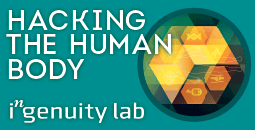Artificial diamonds and their numerous use cases in new technologies
Diamonds, thanks to their numerous physical properties, have more uses than just jewellery. Today, researchers are pushing the boundaries of their application within the manufacturing and tech industries

Thermal conductivity makes diamonds extremely useful for electronics – in fact, no other semiconducting material comes close to its level of thermal conductivity
The jewellery and tools markets, dominated by tradespeople in Asia and Europe, are not the only buyers of diamonds – there is growing research into their other properties and uses. Studies in the fields of particle physics, electronics, optics and communications are pushing the known applications of the material.
Diamond is famously a very hard material, but it also has the highest thermal conductivity of any other substance, is not chemically reactive and is radiation-hard. This combination of attributes makes diamonds ideal for environments that would degrade other materials.
Durability and versatility
Thermal conductivity makes diamonds extremely useful for electronics – in fact, no other semiconducting material comes close to its level of thermal conductivity. Due to their highly effective use in this field, diamonds can offer ways to manage the increased heat that comes with more powerful computers, allowing Moore’s Law to be maintained – the notion that the capacity of microchips in computers will double every two years, but the price of computers will halve. Manufacturing some of these electronic components from diamond is an intriguing way to get around limitations in computing power. Proven in applications such as solid-state lasers and LEDs, diamond is currently used in cases when the hardware in question needs to be portable and light – where the volume, weight and cost of standard electronic hardware materials make portability infeasible.
Laboratory-grown diamonds are becoming more common and widely used for research – soon, the material will be a necessity for many scientific industries to experiment and innovate
Diamond is also useful for radiation detection because of its band gap, chemical stability and radiation hardness. As helium-3 becomes more scarce and expensive, diamond becomes a more attractive material for neutron detection in nuclear fission and fusion. Since it is radiation-hard and extremely durable, radiation detectors made with diamond can be placed in previously inaccessible areas for experiments and data collection. Additionally, the material’s resistance to heat, vibration and humidity sets it apart from other available substances.
In addition, nitrogen vacancies (nitrogen atoms occurring in place of carbon atoms) in diamond make the material valuable for researchers studying quantum computing. Nitrogen vacancy centres can be ‘spun’ and turned on and off to imitate electrical components in computing processes. What’s more, the thermal properties of diamonds allow experiments to be conducted at room temperature, thereby significantly lowering the cost of experiments by eliminating the need for cryogenic lab conditions.
New applications
Laboratory-grown diamonds are becoming more common and widely used for research – soon, the material will be a necessity for many scientific industries to experiment and innovate. What’s more, the jewellery market is expected to grow as consumers become more comfortable with lab-grown diamonds as opposed to traditionally mined ones.
Applied Diamond develops new applications for diamonds in two ways: the first is our research for the Department of Energy, where we aim to mitigate the engineering and material challenges of synchrotrons (particle accelerators) in the US. The second way is by building diamond slabs or bespoke assembly components for customers with unique demands.
Our experience with this challenging material enables us to first build a prototype, which then assists our customers with deciding if they want to scale up further production based on the initial result. Through such applications, we are helping to push the boundaries of what’s possible with incredibly versatile diamonds.













